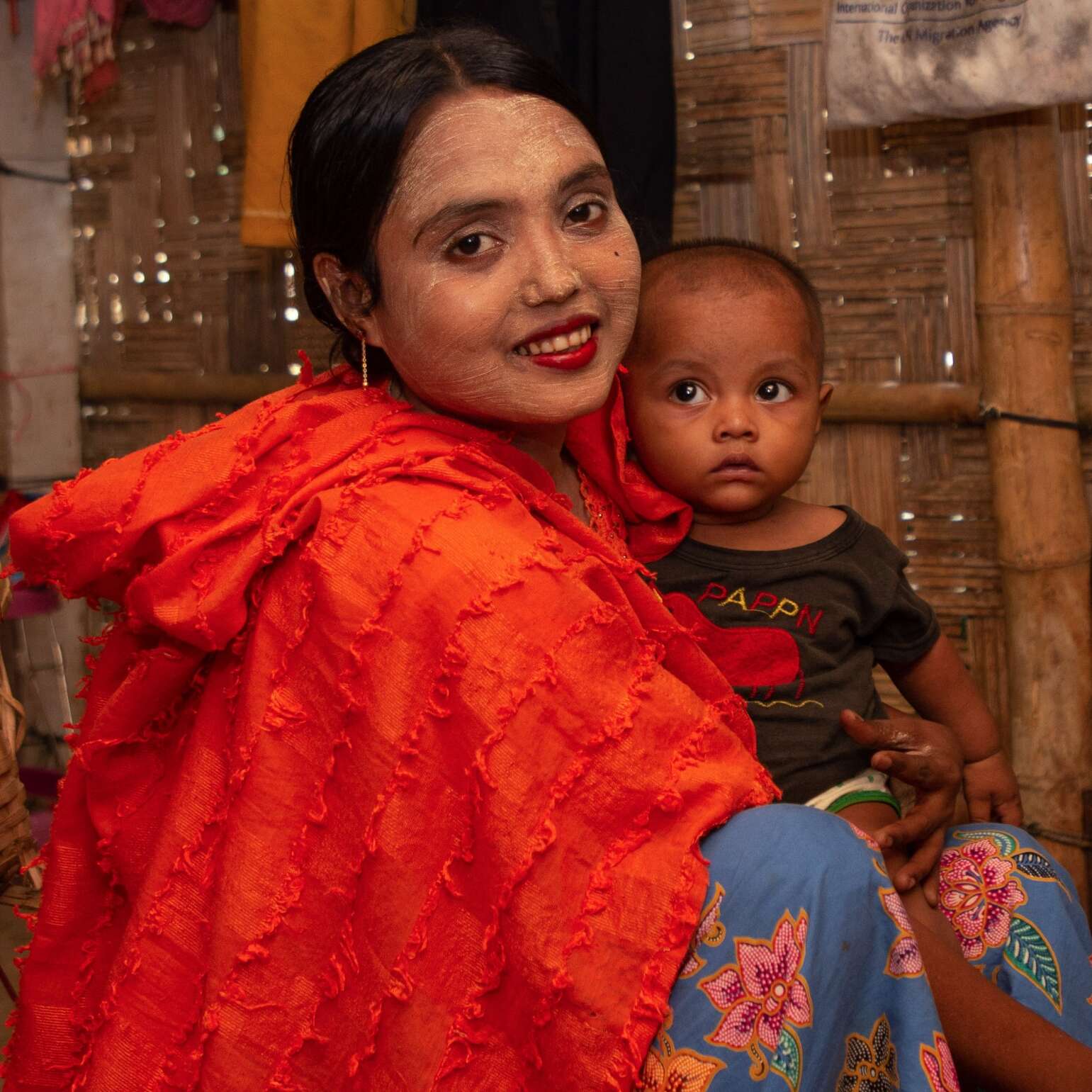Cyclone Hamoon ravages Cox’s Bazar in Bangladesh
- The cyclone made a fierce landfall on October 24, 2023, impacting the lives of over 470,000 people, including almost 2,500 Rohingya refugees.
- More than 40,000 people in local communities and 800 Rohingya refugees are temporarily displaced.
- The IRC conducted extensive community outreach to raise awareness and provide crucial information ahead of the storm, as well as preparing emergency response.
- Hasina Rahman, IRC’s director in Bangladesh, said: “It is imperative that we focus on sustainable solutions to reduce disaster risks, prepare communities against climate impacts and ensure their resilience. Uninterrupted and sustainable funding is crucial in addressing these pressing climate crises in Bangladesh.”
Country facts
- Total population: 163 million
- People displaced by crisis: Almost 1 million Rohingya refugees
- Rank in Humanitarian Development Index : 139 of 188
IRC response
- Started work in Bangladesh: 2018
- People assisted: 555,424
After fleeing shocking violence in Myanmar, nearly 1 million Rohingya are now living just across the border in Bangladesh in the world’s biggest refugee camp. Despite the welcome they have received, many are now struggling to imagine a future for themselves.
Since 2012, violence against minority Muslims in Myanmar has forced hundreds of thousands of people from their homes. Most are Rohingya, now the world’s largest stateless people. In 2017 alone, over 650,000 fled to Bangladesh. The scale of the displacement has created dangerously overcrowded refugee camps where basic services are stretched beyond their limits.
The nearly one million refugees in Cox’s Bazar are living in overcrowded shelters made of bamboo and tarpaulins, many erected on deforested hillsides prone to landslides. These flimsy structures are not able to withstand the heavy rains of the monsoon season, which lasts from May to September.
While Bangladesh is well versed in responding to natural disasters, its capacity is strained by the added burden of hosting nearly one million additional people. With each heavy monsoon the Rohingya face the risk of outbreaks of diphtheria and cholera, as well as emergency levels of malnutrition. Monsoon flooding exacerbates these problems as latrines flood and water sources are contaminated: Dengue fever, hepatitis and diarrhea could sweep through the camps.
Lifesaving aid is urgently needed to assist the Rohingya. Aid organisations do not have adequate resources: Humanitarian partners must scale up their capacity quickly.
The IRC works in Bangladesh to protect and promote the rights and serve the needs of the most vulnerable through women and children’s health and protection services, and effective response to the needs of people affected by conflict, disaster and poverty. Read our Bangladesh strategy action plan.
